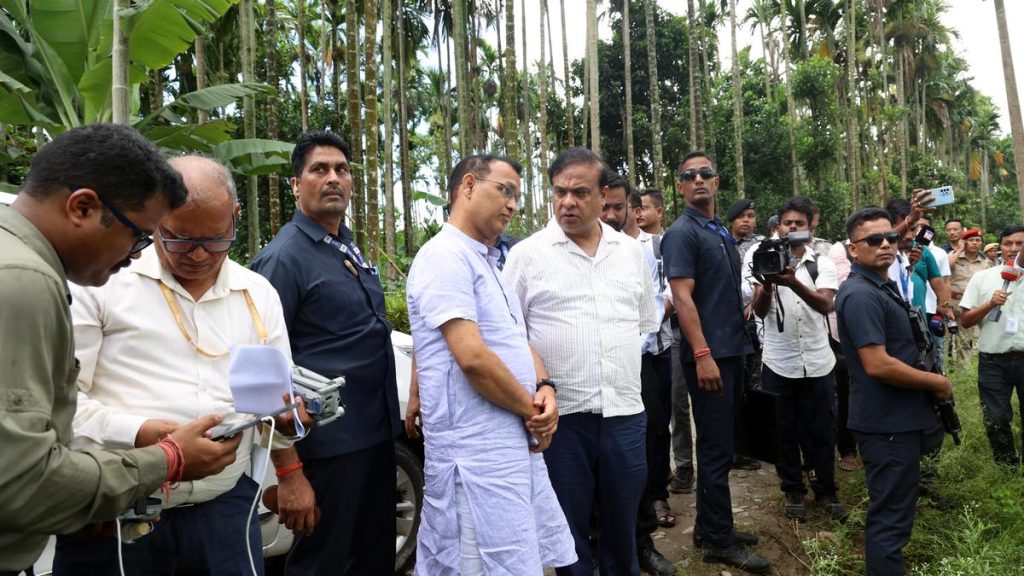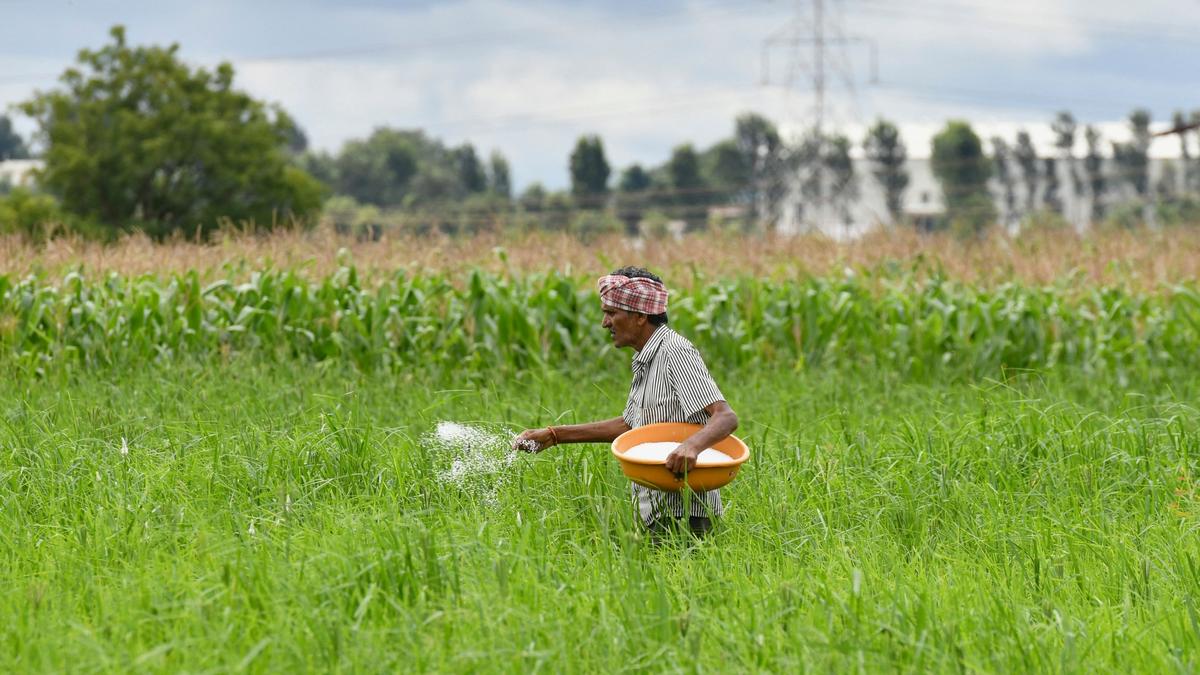Now Reading: Urea Shortage in Karnataka: The Untold Story
-
01
Urea Shortage in Karnataka: The Untold Story
Urea Shortage in Karnataka: The Untold Story
Rapid Summary
- Increased Demand for Urea: Early adn ample rainfall in North and Central Karnataka has heightened the demand for crystalline urea among farmers practicing conventional farming, with many resisting nano urea.
- Government Action: Karnataka’s Chief Minister wrote to the Central government for increased supply; MPs from North Karnataka also approached the Union Minister, but restocking is expected to take time.
- Administration Measures: In Davangere district, where cultivation of paddy and maize has surged:
– Licenses of eight wholesalers were canceled for illegally selling urea outside districts.
– Six retailers faced suspension for overcharging farmers.
– Distribution measures limit each farmer to two bags of urea.
additionally, an awareness campaign is being introduced to promote nano urea.
- Policy adjustments: The standard size of a urea bag was reduced from 50 kg to 45 kg as a subtle measure against overuse.
- Supply Chain Issues: Factors such as stockpiling by dealers during off-seasons, ineffective rural cooperatives, and policy inefficiencies at both Central and State levels are contributing to the scarcity, according to farmer leaders and experts.
- Environmental & Health Concerns:
– Excessive use of low-cost crystalline urea exacerbates soil degradation (acidification) while causing nitrate pollution in groundwater.
– Rising groundwater nitrate levels negatively impact public health; cases like blue baby syndrome in infants have been linked.
Indian Opinion Analysis
The ongoing fertilizer shortage underscores systemic challenges within India’s agriculture sector. At its core are unresolved issues around balanced resource allocation-early rains boost demand unsustainably while weak monitoring enables black-market practices like stockpiling.
Efforts by both state administration (licensing crackdowns) and promotional campaigns on alternatives like nano urea signal some progress toward diversification but face resistance from deeply-rooted agricultural habits influenced by affordability concerns (e.g., ₹280-₹300/bag cost advantage).
More troubling are long-term environmental risks tied to excessive or improper usage patterns-soil acidification/degradation may threaten not onyl farm output but also crop resilience amid climate shifts. Public health fallout adds another dimension; rising nitrates in drinking water should be prioritized under broader rural development goals.
Addressing these issues effectively requires cooperative federalism between Center/State governments paired with capacity strengthening at local distribution points such as cooperative societies-a recommendation echoed repeatedly yet unaddressed sufficiently so far.
Read more here

























